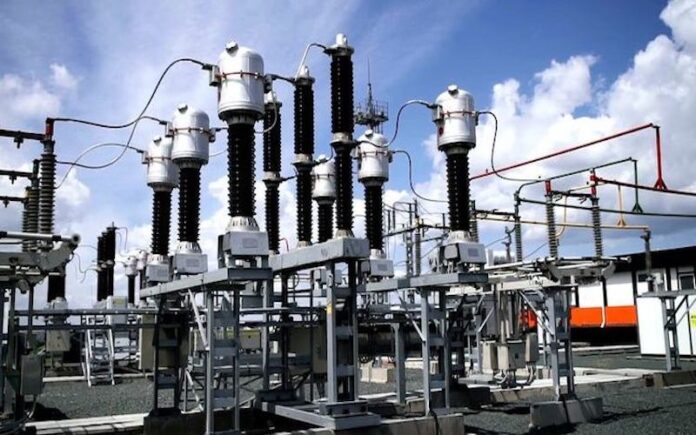Despite federal government’s investment in the power sector, exceeding N3 trillion between 2015 and 2022, the average available capacity in the Nigerian Electricity Supply Industry (NESI) decreased by 37 per cent in the seven years spanning 2015 and 2022, new data from the industry regulator has stated.
The “2022 Market Competition Report” released by the Nigerian Electricity Regulatory Commission (NERC) showed that the capacity available fell from 6,401mw recorded in 2015 to 4,059mw in December 2022.
However, the document noted that there was a marginal rise in the sector’s installed capacity by 7.9 per cent, jumping from 12,132mw as at December 2015 to 13,097mw in December 2022.
In 2020, the federal government said that between 2017 and that year, a period of three years, it spent N1.7 trillion on Nigeria’s electricity sector, describing the sector as ‘broken’. That is beside the over N1.5 trillion spent in the two years preceding 2017 and after 2020.
The World Bank estimates that only 55.4 per cent of the Nigerian population has access to electricity, with the number falling to 24.6 per cent for the rural population. In all, more than 90 million Nigerians lack access to the national grid.
A June 2022 report titled, “Nigeria’s State of Power: Electrifying the Nation’s Economy,” published by Stears and Sterling, indicated that more than 40 per cent of Nigerian households own and use generators.
It also stated that the affected households spend approximately $14 billion per year to fuel their generators as the national grid’s power supply continue to fail.
Before the expiration of the Muhammadu Buhari administration, Abubakar Aliyu, the then Minister of Power, had promised that the administration would leave an installed capacity of about 22,000 mw of electricity.
“The installed capacity in NESI grew by 7.95 per cent from 12,132MW as at December 2015 to 13,097MW as at December 2022. During the same period, however, the average available capacity decreased by 2,324MW from 6,401 MW recorded in 2015 to 4,059MW in 2022,” the NERC report stated.
The industry regulator attributed the fall to deteriorating plants/units’ capacities and poor maintenance due to liquidity challenge and access to foreign exchange.
It also credited non-binding contracts and delayed payments as well as the introduction of stringent regulatory measures against wrong declaration by operators as being responsible for the fall in average available capacity.
However, it noted that during the period Gbarain NIPP was out of operation, noting that the non-availability of the plant may have also ‘overstated’ the reduction in available capacity linked to the old plants.
Notwithstanding the ‘progress’ in power generation, NERC stated that the industry constraints relating to inadequate gas supply, transmission constraints, limited distribution network and commercial viability of Distribution Companies (Discos’) operation still pose major technical and operational challenges to the industry.
“The current generation capacity is lower than what is required to meet the estimated load demand of 17,556MWh/h, which is further expected to grow to 45,662MW by 2030,” it said.
However, the NERC report added that the reported power generation statistics do not include the off-grid and captive generation capacity.
“As at December 2022, 28 power plants were operational in NESI. The higher number of existing generation plants has somewhat improved the level of competition in that segment of the value chain,” NERC said.
According to NERC, the margin between the available capacity and actual generation is accounted for by gas shortages, transmission and distribution networks constraints and sometimes commercial considerations.
It assured that additional generation capacity is expected to be available with the completion of the ongoing construction of power plants, contract activation and novation, improved policy direction by the government and regulatory oversights of the commission.
“The ongoing efforts to improve generation and capacity utilisation include: Ongoing gradual activation of the industry contracts and transition to bilateral contracting to provide certainty to the minimum volume of energy expected of each Generation Company (Genco) and proper allocation of risks among the operators,” the commission added.
To ensure a more efficient market, NERC also called on the minister to make a declaration for the creation of on Independent System Operator (ISO) in line with Section 24(28&3) following which the necessary regulatory actions will be provided by the Commission for the operational take off of the entity.
It said the unbundling of the System Operator and Market Operator from the Transmission Company of Nigeria (TCN) and the establishment of an independent ISO was overdue at the current stage of the market and pertinent to enhance industry transparency and further drive the market to sustainability.
“There is urgent need for clear policy on payment for energy consumption by the host communities – communities hosting power infrastructure, especially generation plants, which has contributed substantially to liquidity challenges facing the industry, ”NERC added.

























